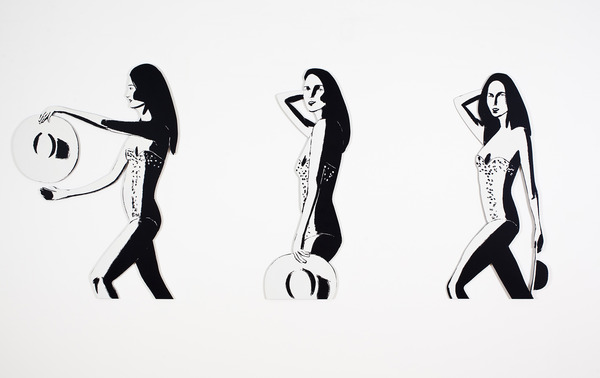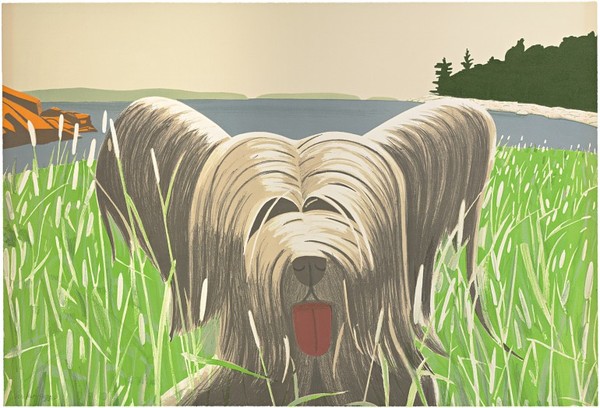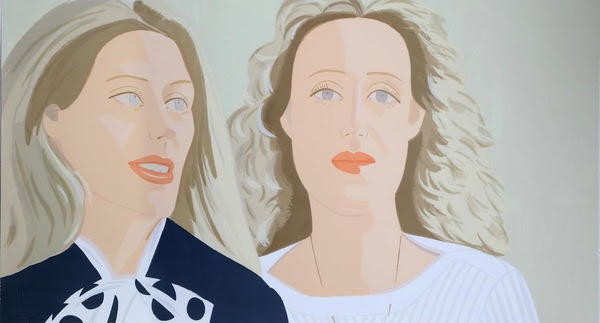
Alex Katz
White Visor
2003
Etching Aquatint
33 3/8 x 67 in.
Edition of 75
Pencil signed & numbered
About the work:
Blue Umbrella, Orange Band, Plaid Shirt, Red Coat, Black Scarf, and Wedding Dress . . . These are all titles of prints by Alex Katz.
Although, they look like a typical Alex Katz portrait, these works do not focus on what the subject looks like, but rather all these works (and others) give us a glimpse into the subject’s personality. These works also portray another very important element in Katz’s works, fashion.
Fashion, and what a person wears gives us a sense of a person’s personality, their style, their tastes, their likes and their dislikes. Some are simple, and other are more eccentric, daring, and even over the top. But fashion is also dictated by a time and place. We dress according to the occasion, the place, the atmosphere if you will.
This week’s Work of the Week! WOW!, White Visor, gives us a sense of just that.
Emblematic of Katz’s use of cinematic cropping and broad areas of color, this simplistic image in typical Alex Katz flatness, the white visor, a specific type of hat, is what provides the primary environmental context to this work. Katz takes the viewer to the very place that he has depicted his subject. Bare shouldered, set in front of just a clear blue sky, sporting nothing but a white visor, we do not know if the woman is on the beach, on a boat, or by a pool, but the artist engages us, and we feel as if we are sitting there right next to her.
White Visor was one of the prints selected to be featured in a 2012 Katz retrospective at Boston’s Museum of Fine Arts.
Below is a photo of the artist Alex Katz and his wife Ada as they look at his work White Visor during a media preview of a retrospective of Katz’ prints at the Museum of Fine Arts in Boston, Massachusetts April 23, 2012. The exhibit’s introduction explains that the retrospective of more than 100 of Katz’ printed works shows “images that chart the people, fashions, landscapes and poetry that have caught his eye across a long artistic career.”







